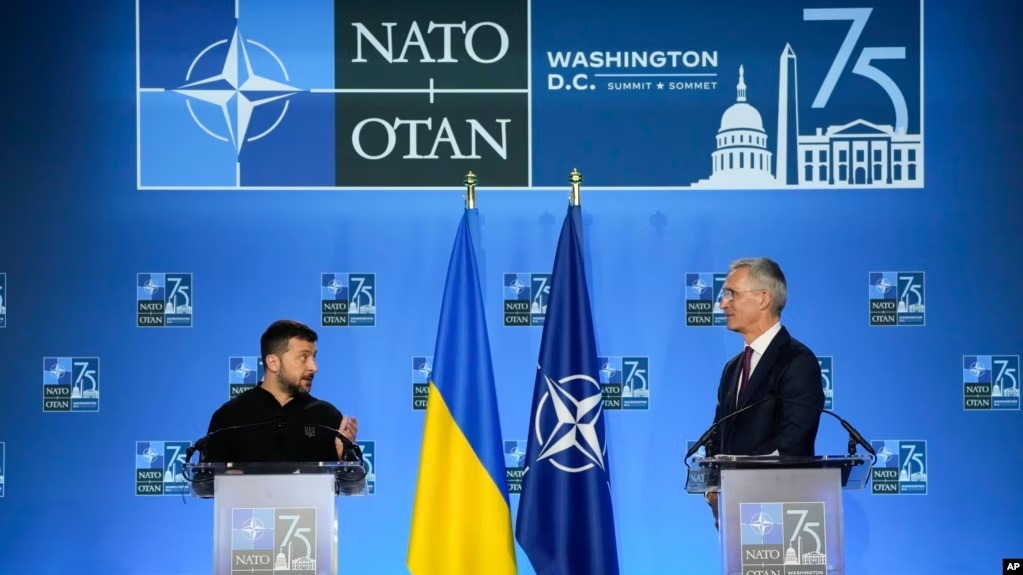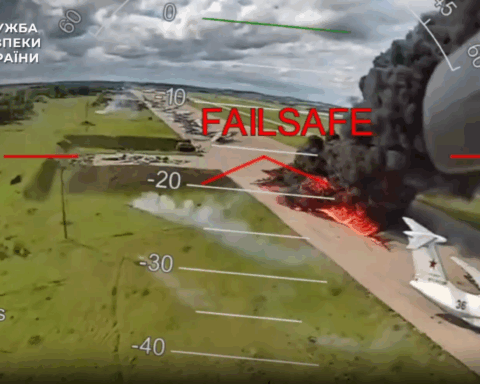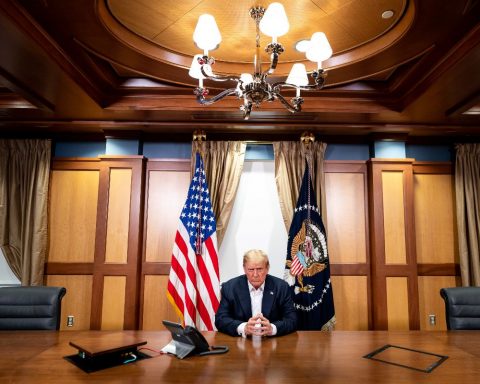WASHINGTON — While much of the focus at this week’s NATO summit in Washington has been on providing additional support for Ukraine, some Western officials are equally intent on confronting another challenge unleashed by Russia’s invasion: a nascent arms race with global implications.
The officials argue it is no longer enough to try to ensure Ukraine has the weapons and systems it needs to keep pace with Russia’s unrelenting attacks. They say NATO must simultaneously prepare to outspend, outpace and outproduce the fledgling alliance that has kept the Russian military on the move.
“There is no time to lose,” a NATO official told VOA, speaking on the condition of anonymity to discuss the growing defense cooperation among Russia, China, North Korea and Iran.
“This must be a key priority for all our allies, because it is not just about spending more,” the official said. “It is also on getting those capabilities.”
Officials have repeatedly accused China of playing a critical role in sustaining Russia’s military by sending Moscow raw materials and so-called dual-use components needed to produce advanced weapons and weapons systems.
In April and May, the United States and Britain levied new sanctions against Iranian companies and officials involved in the production of drones for the Russian military.
The NATO official who spoke to VOA said the support from China, Iran and North Korea has significantly altered Russia’s posture on the battlefield, rendering intelligence assessments that Russia’s military “will require years of rebuilding” obsolete.
“When you look at the assessments of the pace of reconstitution of the Russian armed forces and the Russian defense industrial and technological base, those assessments were made without taking into account how much China would be stepping in,” the official said.
And there are concerns this is just the beginning. The prospect for increased cooperation between Russia, China, North Korea and Iran “essentially underlines the urgency of the task at hand,” the official said.
Even the White House, late Thursday, acknowledged the need to take on the growing alliance.
“It is a concern. It is a concern that you have both China, North Korea, Russia, Iran – countries that are not necessarily coordinated in the past – looking to figure out how they can have impact,” U.S. President Joe Biden said during a news conference.
The president also said a strategy to disrupt their efforts is being put into place, but he declined to share details publicly.
Already though, some U.S. officials have taken to calling Russia, China, North Korea and Iran a new “axis of evil.”
“We ought to act accordingly,” Admiral John Aquilino, former commander of U.S. forces in the Indo-Pacific, told lawmakers in March.
Some analysts have also sounded alarms, pointing to signs that the defense relationship between Russia and the other countries is moving beyond a series of bilateral efforts to support Moscow’s war in Ukraine.
“What we are seeing now is … an intensification, a deepening of these strategic partnerships,” said Richard Goldberg, a senior adviser at the Washington-based Foundation for Defense of Democracies.
“Whether or not they’re 100% aligned all the time, every day, what’s important is that on the strategic capabilities that they’re building in partnership, they are aligned,” Goldberg, a U.S. National Security Council official under former President Donald Trump, told VOA. “Our response has to view them as an axis, not individual parts.”
But how quickly that axis evolves into a true rival to NATO is less certain.
“There are still significant tension points between the four countries that prevent the formation of a more cohesive alliance,” said Michelle Grisé, a senior policy researcher at the RAND Corporation.
“Within the Russia-Iran relationship, for example, friction points include competition for energy markets and for influence in the Caucasus, as well as — at least historically —divergent approaches to Israel,” Grisé told VOA.
“The Russia-China-North Korea-Iran axis poses a serious threat to U.S. and NATO interests, but I don’t think this axis is an unsurmountable rival,” she said. “To form a more cohesive alliance, they’ll have to translate their shared opposition to the Western-led international order into a coherent, shared vision for the future, which I expect they’ll struggle to do.”
NATO allies, however, are not ready to take such struggles by the evolving Russian-Chinese-North Korean-Iranian axis for granted.
The U.S., Germany, Spain and others have already begun to produce interceptors for Patriot air defense batteries in Europe while the U.S. and Turkey have embarked on an effort to produce 155 millimeter artillery shells in the southern U.S. state of Texas.
On Thursday, Biden said based on discussions during the NATO summit, more is coming.
“We talked about how both the EU [European Union] as well as NATO has to be able to begin to build their own ammunition capacity, has to be able to generate their own capacity to provide for weapons,” he told reporters.
“We’re going to be in a position where the West is going to become the industrial base for it,” Biden added. “We will have the ability to have all the defensive weapons that we need.”
The U.S. president said some European allies are also preparing to impose costs on China and disengage economically for as long as Beijing provides Moscow with the components and materiel it needs to continue its war against Ukraine.
But even before Biden’s comments, some Western officials said based on the efforts already underway, there is reason to believe the West can retain an upper hand.
“I think that the steps and the progress we’re making are really delivering results,” the NATO official told VOA, adding, they “wouldn’t be overly pessimistic.”
“On issues like ammunitions, you’re starting to see the ramping up actually materializing,” the official said. “And I think if we look at the year to come, we’re going to have much better, much better numbers.”
By Jeff Seldin






